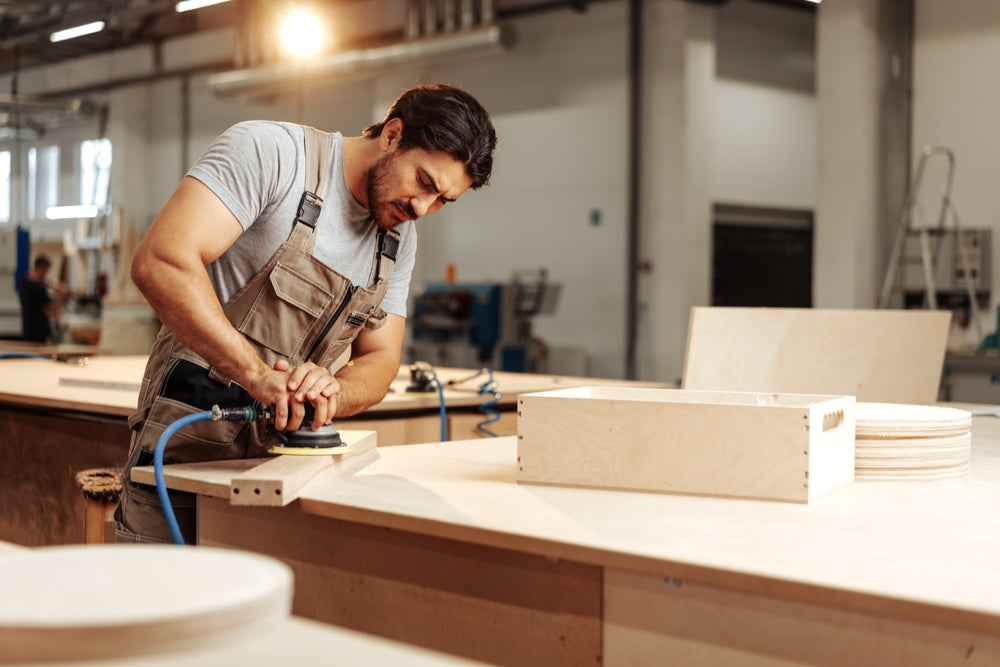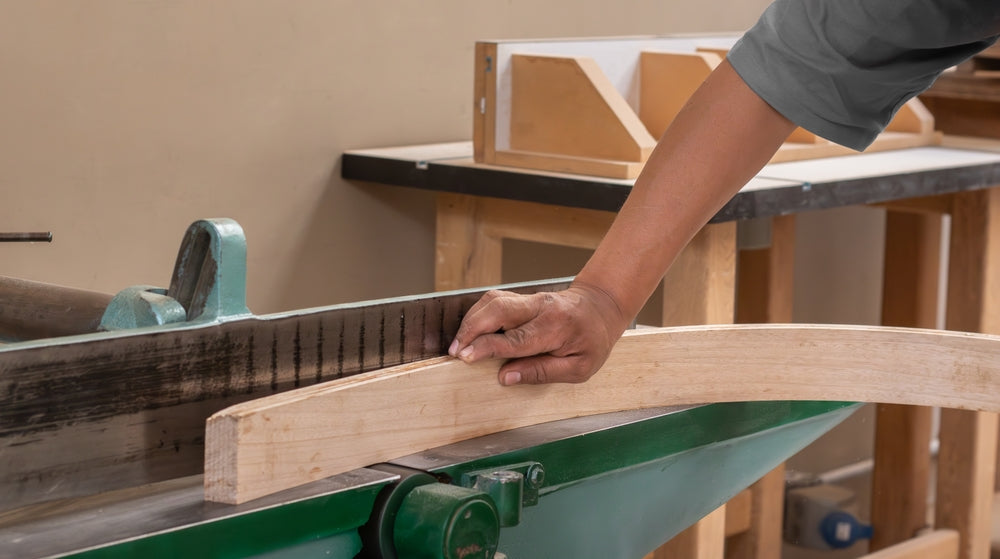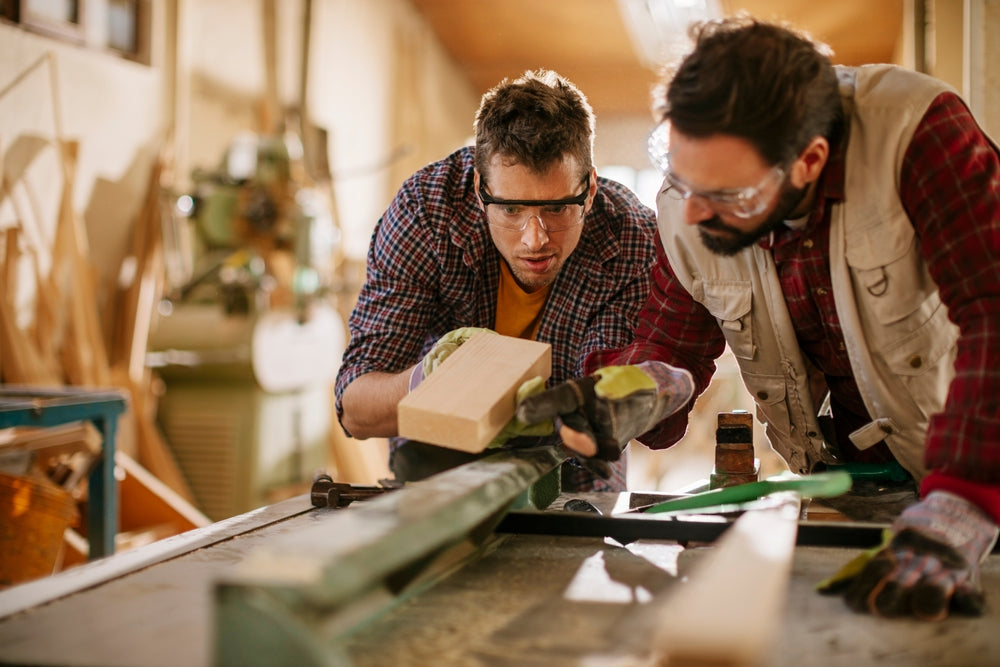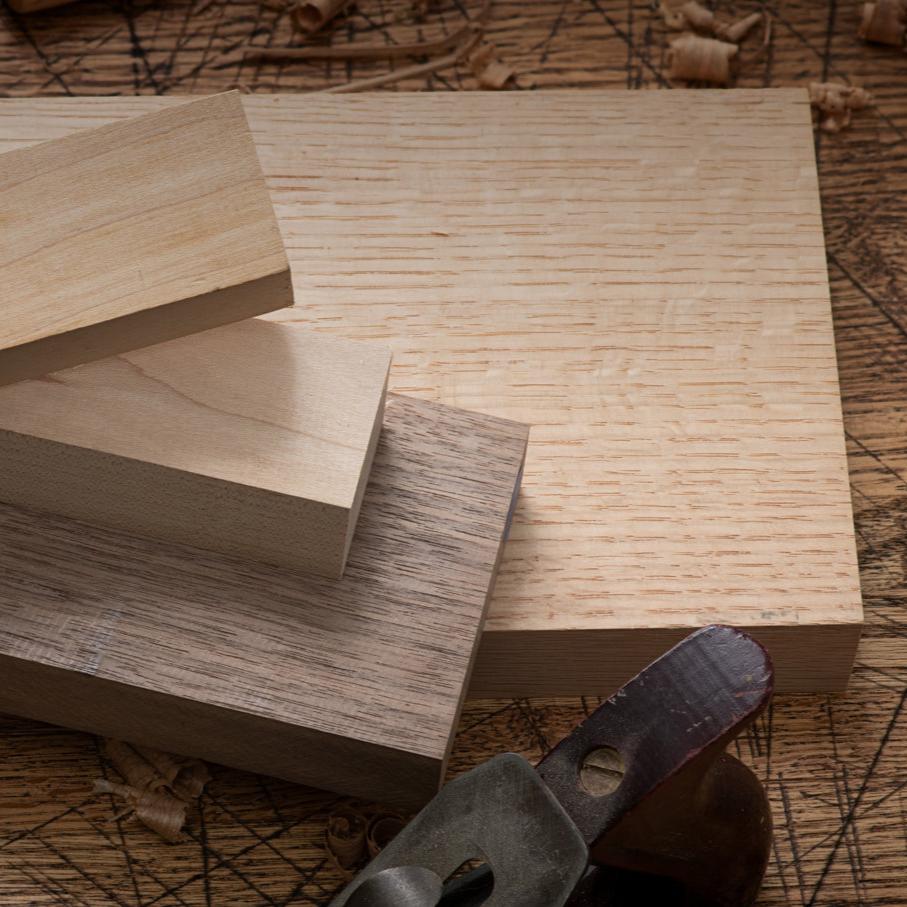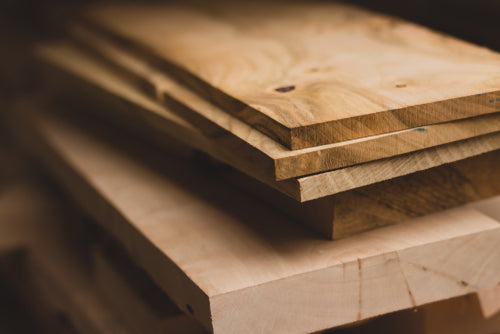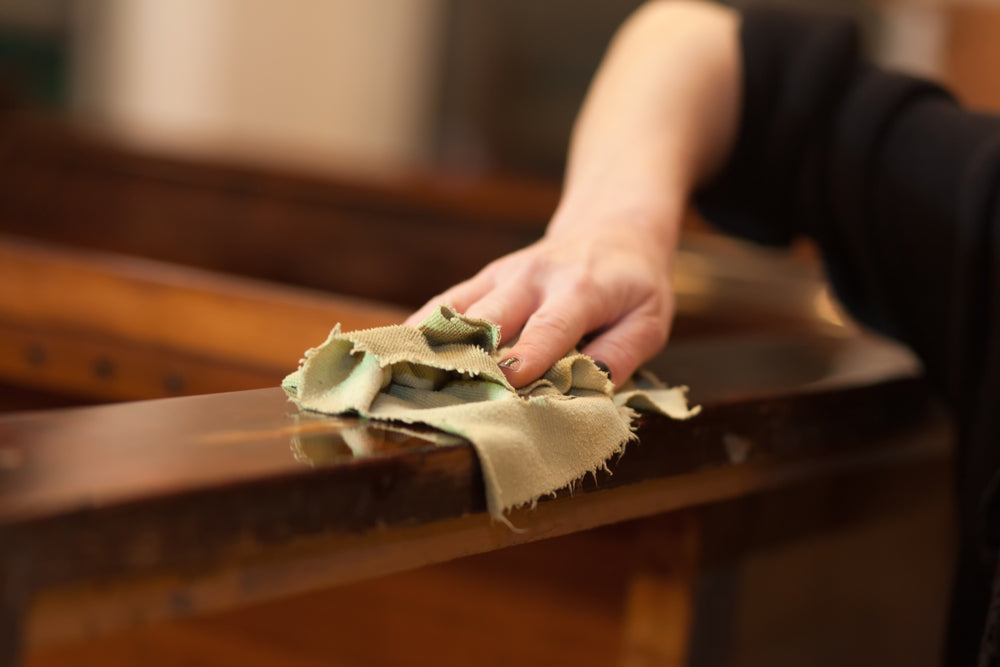Wood is one of the earth's most versatile natural materials, used for anything from construction to cutlery. That wood is widely used for furniture making should be no surprise.
As you might imagine some types of wood are better for furniture making than others, especially for tabletops or chairs.
Our team at North Castle Hardwoods understands lumber and the needs of woodworkers. Get in touch today to see how we can help you.
Explore the Beauty and Variety of Types of Wood for Furniture
Hardwood has a wide range of grain patterns and colors to choose from. The deep reds and contrasting yellows of cherry wood give it extraordinary dimensional depth, while the myriad complex patterning of cat’s paw oak has its own unique character.
For many woodworkers contemplating a furniture-making project, the sorting and selection of the lumber is an important part of the process. Finding the perfect coloration and matching it to the grain can take time, but it’s worth it.
The pleasure of pairing lumber sections and selecting them for a cutting list certainly can feel like a voyage of discovery.
What Types of Wood are Best for Furniture?
There are as many opinions as to what the best types of lumber are for furniture making as there are woodworkers, but there is a general consensus that you can’t go wrong with our top five.
These timbers are all readily available in North America and are guaranteed to deliver fantastic furniture results.
Here they are in no particular order!
Cherry Wood
American black cherry wood grows extensively across the United States and can be found in most lumber yards. Prunus Serotina is its botanical name and fresh cut, its creamy yellows and deep reds draw the eye.
Over time cherry darkens as it oxidizes, delivering deep three-dimensional planes of color, perfect for tabletops, countertops, dressers, and cabinets.
Hard Maple
Maple is a stunning, bright, close-grained material that bounces light off every surface. Strong, and resilient it is a top choice for everyday utilitarian furniture, for chairs, table legs, and elegant nightstands.
The straight grain of hard maple makes it ideal for fine work too, with slender legs for stools, chairs, and display cabinets.
White Oak
The strength of oak is a major part of this timber’s character. It’s not exactly white but has bright flecks in its straight grain that catch the light and glint in the sun. White oak is tough as well as beautiful, and highly resistant to decay.
If you are looking to create furniture that will sit on your porch, deck, or garden room, white oak may well fit the bill.
The grain and figure of white oak are exceptional and can vary immensely depending on how the original lumber is processed. Cutting lumber one way produces one result, cut another, often something different, but still very special.
Red Oak
The sheer pleasure of working with red oak is second to none. If you’re starting out with woodworking, then red oak is a brilliant choice as it is easy to get great results from this very workable lumber.
Experienced woodworkers know only too well how seductive grain patterning can be, making timber selection a joy.
Walnut
Walnut is the king of the forest, delivering a timeless dark color, often with deep chocolate tones. Juglans Nigra is the botanical name whether the label says American black walnut or Eastern black walnut.
The luxurious deep tones of walnut have made it a favorite choice for desks and tabletops, with clear finishes making the most of its fine grain. Its dimensional stability
Inspiration For Your Next Wood Furniture Project
What’s missing from your home? Do you need a new nightstand, or has the dining room table seen better days? Ask any seasoned woodworker, there’s nothing more satisfying than living with a piece of furniture crafted by hand.
Tables and Nightstands
For a tabletop, the most important part of the project is the timber selection. Once the work is done, the tabletop should be something seen and enjoyed every day. Take your time to pick out grain and coloring that really catches your eye.
Tabletops are a great way to display a fantastic piece of grain and showcase your furniture woodworking skills.
Mix and match different colored hardwoods to create an eye-catching pattern, or pair lighter and darker timber from the same source, perhaps using cherry’s gorgeous yellows and reds.
Chairs and Barstools
For spectacular turned legs that turn heads on your chairs and tables choose a softer cherry or walnut. Both work well on a lathe, making great results achievable for the least experienced woodworker.
Woodturning takes a little practice, but a lathe is a must-have for traditional furniture styles. Don’t be put off by the technical aspects, it’s a traditional art that has been developed over centuries!
If you are going for a more contemporary look, say mid-20th century and up, then maple makes a great choice. Its fine, linear grain and high strength, lends itself to simplicity and elegance.
Cabinets and Chests
White oak and cherry wood are the traditional go-to timbers for prestige heirloom furniture that looks good and retains its value over the generations. Oak is a tough customer, so make sure your tools are honed well!
Learn how to use box, or finger joints to create drawers for your dresser projects. With a little patience and time, there are no limits to your woodworking ambitions.
Shelves and Bookcases
Red oak is strong, straight, and sturdy enough to provide elegant support for your collection of woodworking books. If you are a big reader, and a home library is an essential feature, then red oak will not disappoint.
Ordering Wood for Your Next Project
Choosing the best wood for your furniture-making project is just part of the process. There are several other steps to consider along the way!
Furniture Making Process
Before you begin, writing up a cutting list to quantify exactly what lumber you will need is essential. Some plans come with cutting lists supplied. If you are starting out, use one of these to make sure nothing is missing.
If what you plan to build is a bespoke design, then take a look at something similar to offer inspiration for your own cutting list.
Excess for Success
Whatever your furniture making project entails be sure to over-order. Even the most carefully selected wood will have flaws and imperfections, or grains that don’t quite fit expectations.
Wood is a fantastic natural material, and even the most even grained maple will have small imperfections. To counter this, allow for approximately 20% wastage.
Remember too that your project is unlikely to fit all the standard lumber sizes supplied, so expect offcuts. These can be used later for repairs, or as practice pieces, or finally, as firewood to keep the workshop warm!
Store Your Wood Properly
There’s nothing worse than beginning a project to find that moisture ingress has affected the wood, perhaps mold has grown, or the lumber has become twisted. Some timbers are more resilient than others but none of them appreciate over exposure to poor weather conditions.
Keep your investment secure, and stored properly, so that you can be confident that your project will go well however long it takes between visits to the workshop.
Heirloom Furniture-Making Projects
In the garden room, there is a dining table built by my great-uncle in 1955 that he made for the kitchen in the house that he built for himself and his wife. It is an unremarkable piece of utilitarian furniture, a mix of cherry, maple, and oak, but it is beautiful nonetheless.
When we start a project, to fill a current need, or simply out of fun, there’s no knowing where it will eventually land and be loved.
Next Steps
All our lumber at North Castle Hardwoods is selected from reliable and sustainable North American growers. Our team can hand-pick wood to your specifications.
Go online and search for practical, and free, furniture-making plans. Select two or three that look good and get them downloaded to compare them.
Choose a plan that has the most comprehensive information and use it as a pattern for your own project. Remember to check your measurements carefully so you are not caught short!
